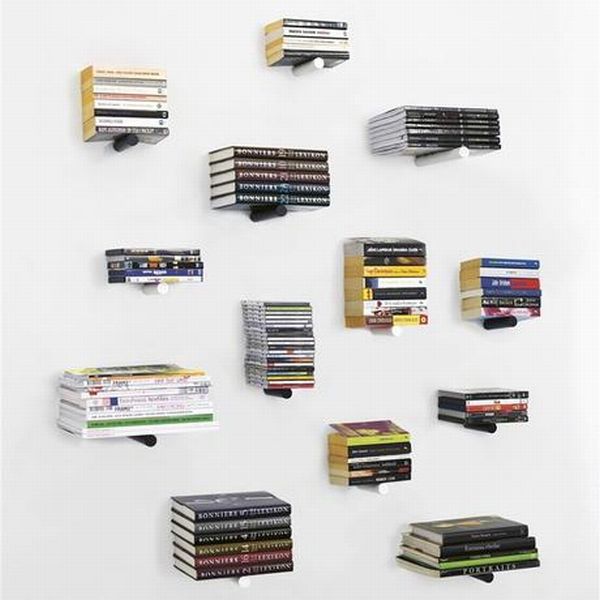|
|
Creative Bookshelf
|
In Latin and Greek the idea of bookcase is represented by Bibliotheca and Bibliotheke (Greek: βιβλιοθήκη), derivatives of which mean library in many modern languages.
History of the bookcase
When books were written by hand and were not produced in great quantities, they were kept in small boxes or chests which owners (usually the wealthy or clergy) carried with them. As manuscript volumes accumulated in religious houses or in homes of the wealthy, they were stored on shelves or in cupboards. These cupboards are the direct predecessors of today's bookcases. Later the doors were discarded, and the evolution of the bookcase proceeded. Even then, however, the volumes were not arranged in the modern fashion. They were either placed in piles upon their sides, or if upright, were ranged with their backs to the wall and their edges outwards. The band of leather, vellum or parchment which closed the book was often used for the inscription of the title, which was thus on the fore-edge instead of on the spine. Titles were also commonly written onto the fore-edge.
|
|









